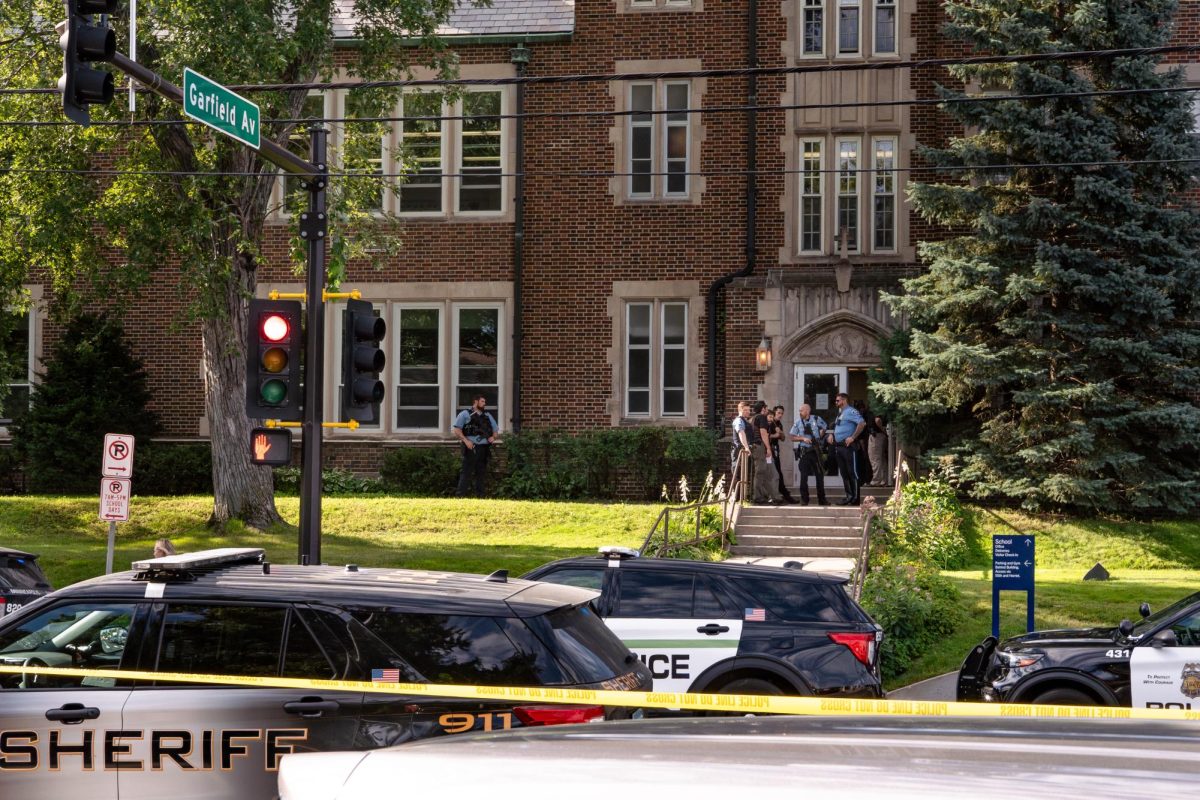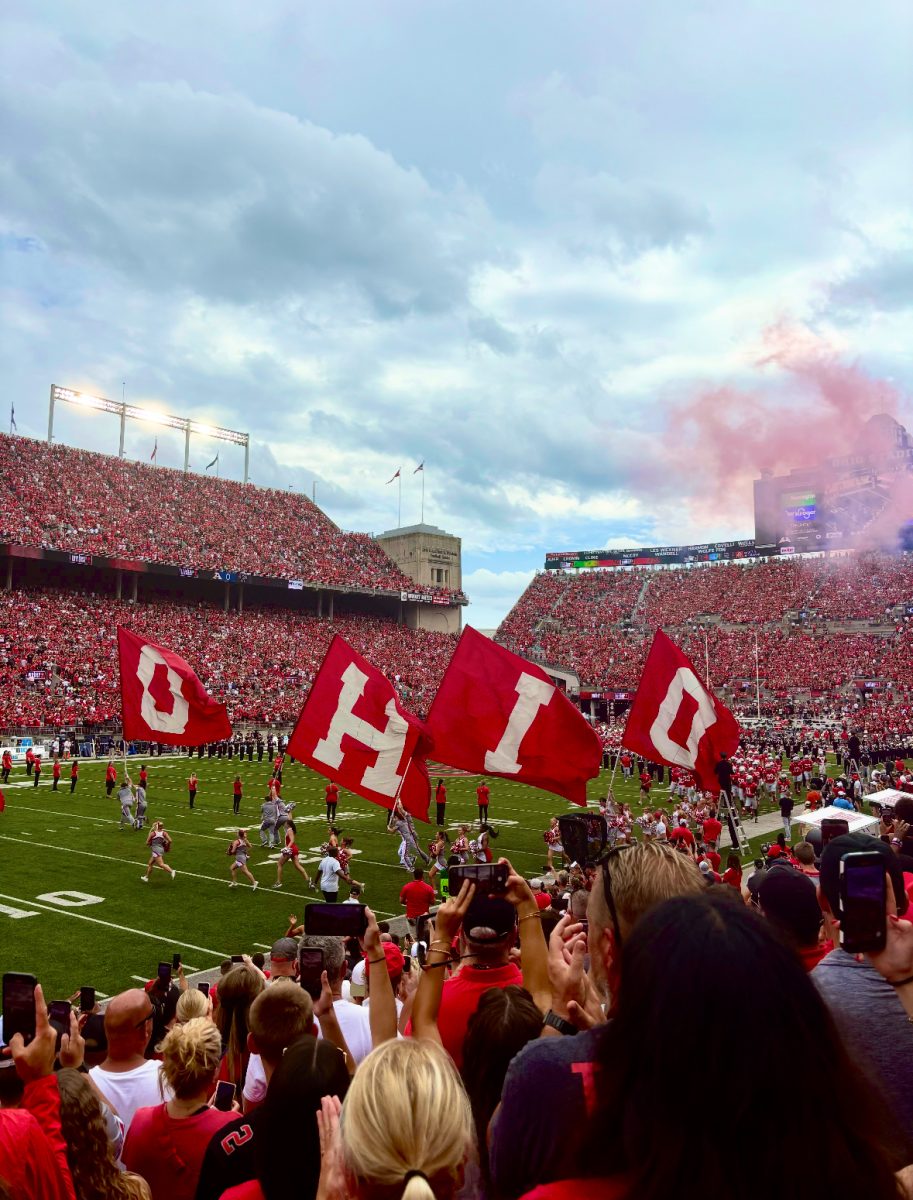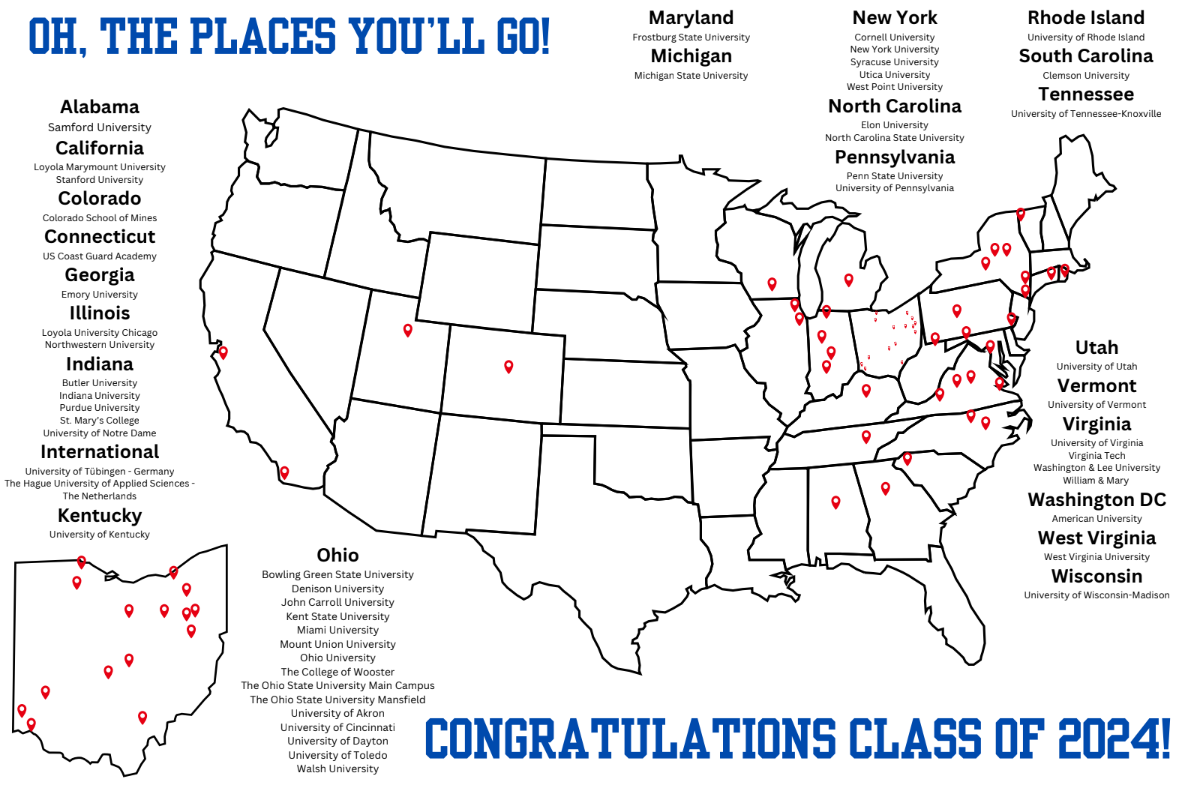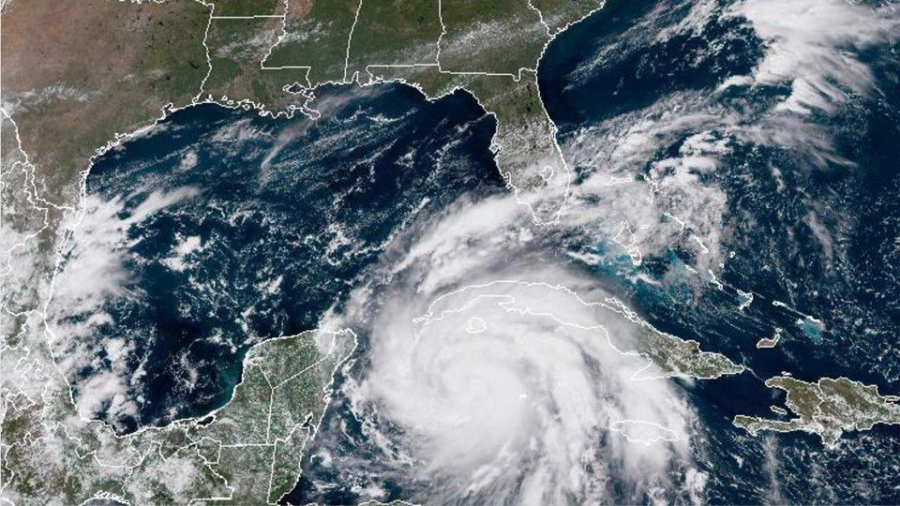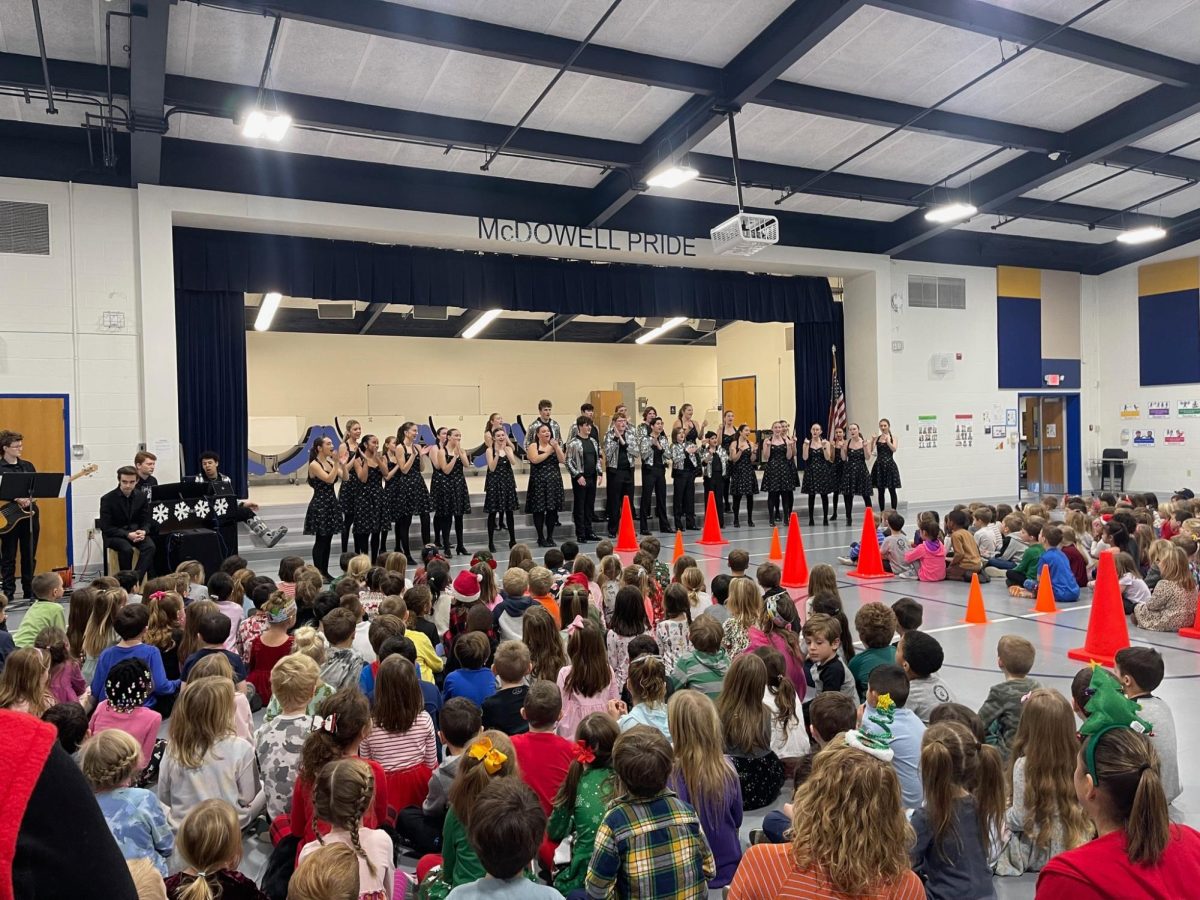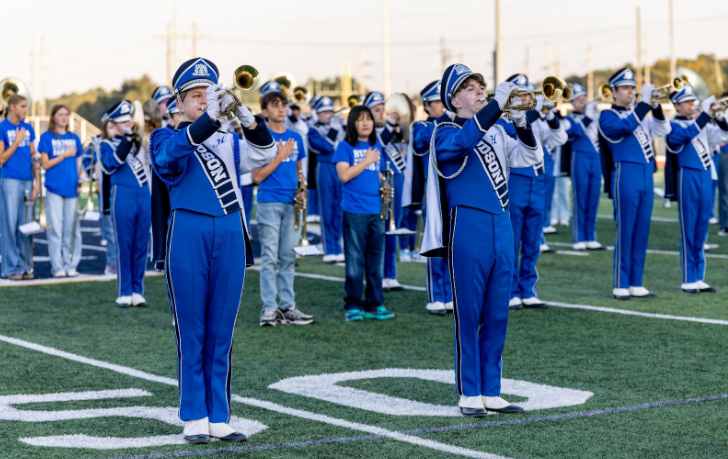On September 28th, Hurricane Ian, a Category 4 hurricane, made landfall in southwest Florida after striking Cuba as a Category 3. Its 150 mph winds and life-threatening storm surge brought destruction to many cities and towns, most notably Fort Myers and Cape Coral.
Hurricane Ian first hit Cuba on September 27th as a Category 3 hurricane. The U.S. The National Hurricane Center said Cuba suffered “significant wind and storm surge impacts” when the hurricane struck with top sustained winds of 125 mph (205 kmh). Ian also knocked out power to the entire country, leaving 11 million people without electricity, and becoming the first ever hurricane to cause the whole nation to lose power, before churning on a collision course with Florida.

After hitting land in Cuba, Ian continued across the Gulf of Mexico towards southwest Florida, strengthening into a catastrophic Category 4 storm before arriving on the 28th, bringing destruction and damage along with it. The “catastrophic” system, one of the most powerful hurricanes to strike the U.S. in decades, came ashore near Cayo Costa, just west of Fort Myers, around 3 p.m. Reports slowly started coming in of the massive storm surge and heavy winds brought. Gov. Ron DeSantis said that some areas have had storm surges as high as 12 feet and that Ian was “battering” southwest Florida. He said he has been in regular contact with President Joe Biden, who approved his request for an emergency declaration days before Ian slammed into the state.
After destroying southwest Florida, Ian moved more inward into Central Florida, dropping down to a Category 1 hurricane. Central and northeast Florida could get 20 inches of rain, the National Hurricane Center said in an advisory. Its center was about 70 miles south of Orlando as it moved northeast at 8 mph. Storm surge warnings covered most of the western coast, including Tampa Bay, and were also in place on the East Coast, from around Volusia County to parts of South Carolina.
On September 30th, Ian hit as a Category 1 hurricane near Georgetown, South Carolina. Ian is expected to rapidly weaken as it heads inland to the north, though it will bring the threat of heavy rain and flooding to the mid-Atlantic. Tornadoes are also possible due to Ian. A tornado watch is in effect from Myrtle Beach, South Carolina, to Virginia Beach, Virginia, through 10 p.m. Friday.

As Ian begins to leave Florida, the residents of many cities, especially Fort Myers and Cape Coral are left to deal with the devastating damage. Beaches, neighborhoods, cities have been destroyed by the deadly wind and massive storm surge. Videos went viral on Tik Tok of people who didn’t evacuate, showing first hand the damage Ian brought. Videos of people running to the highest floor in their house as the storm surge fills their house, cars being swallowed up whole, and streets filling up with water. Over 2 million people were left without power and without an escape. They were stuck, waiting for the storm to pass, watching it take everything from them in its wake. Along with bringing destruction to many communities, Ian also brought fatalities, as every day, the death toll rises more, so far claiming more than 100 lives. President Joe Biden stated that Hurricane Ian could be “the deadliest hurricane in Florida’s history.” Many who had ignored the evacuation orders were still stranded, even after the storm had passed. This is where the community pitched in, people getting on their boats that had survived the storm and helping get their neighbors to safety, many helping to clear debris off of roads, cars, boats, and for the lucky few, their house. Sanibel Island, a small island off the coast of Fort Myers, is left stranded after Ian wipes out the connecting highway/bridge that allows for travel between the island and mainland. The US Coast Guard had been performing search and rescue missions on the island.
Now, remnants of Ian have begun to move inward, but the damage has left Florida shaken. In Ohio, we will never feel the true fear and force of a hurricane, but we can feel the loss and the desperation, and disbelief many in the Sunshine state now feel. They examine the wreckage that once was their home, they pawn throat wooden beams, roof tiles, hoping to find one piece of that safe haven they once knew. Valuables and momentos have been lost, swept away or damaged by the powerful storm surge. And now, they have to begin the long road of rebuilding.

Do you want to help? Student Government is raising money to help support victims of Hurricane Ian, if you would like to contribute, please find one of the jars around the school and donate cash. Every penny counts.







